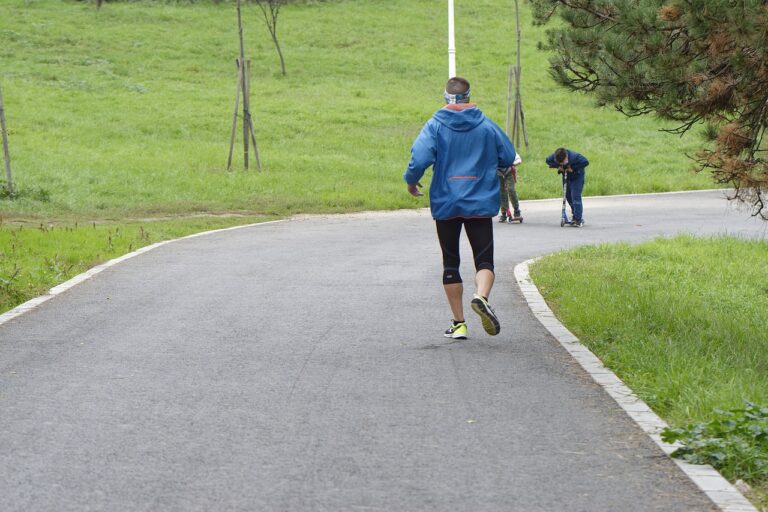The Role of Occupational Therapy in Hand Rehabilitation and Functioning
Occupational therapy is a dynamic healthcare profession that focuses on enabling individuals to engage in meaningful activities or occupations that form the fabric of their daily lives. Occupational therapists work with people of all ages who may be experiencing physical, mental, developmental, or emotional challenges. By addressing these limitations, occupational therapists help individuals improve their ability to perform everyday tasks, enhance their independence, and achieve a higher quality of life.
The primary goal of occupational therapy is to assist individuals in optimizing their functional abilities and promoting participation in activities that are important to them. Through a client-centered approach, occupational therapists collaborate closely with clients to identify their personal goals and develop tailored treatment plans to work towards these objectives. By utilizing a holistic perspective that considers the individual’s strengths, abilities, and environmental factors, occupational therapy aims to enhance overall well-being and foster independence in daily life activities.
Common Hand Injuries Requiring Rehabilitation
When it comes to hand injuries that require rehabilitation, there are several common types that occupational therapists often encounter. One of the most prevalent injuries is carpal tunnel syndrome, which results from compression of the median nerve in the wrist. This condition leads to pain, numbness, and weakness in the hand, impacting an individual’s ability to perform daily tasks effectively.
Another frequent hand injury that necessitates rehabilitation is tendonitis, which occurs due to the overuse of tendons in the hand. This condition causes inflammation and pain in the affected area, making it challenging for individuals to grip, lift, or carry objects. Occupational therapy plays a crucial role in helping individuals with these injuries regain strength, mobility, and function in their hands through tailored rehabilitation programs and therapeutic interventions.
Importance of Early Intervention in Hand Rehabilitation
Early intervention in hand rehabilitation plays a crucial role in improving outcomes for individuals who have sustained hand injuries. By addressing issues promptly, therapists can prevent the development of secondary complications, such as muscle atrophy or joint stiffness, which can hinder the recovery process. This proactive approach helps patients regain function and mobility in their hands more effectively.
Moreover, early intervention allows therapists to tailor treatment plans to the specific needs of each individual, leading to better and more personalized care. By starting rehabilitation promptly, patients can start regaining strength, dexterity, and range of motion in their hands sooner, ultimately promoting a quicker and more successful recovery.
What is occupational therapy?
Occupational therapy is a form of therapy that helps individuals recover and improve their ability to perform daily activities, such as self-care, work, and leisure, after experiencing an injury or illness.
What are some common hand injuries that require rehabilitation?
Common hand injuries that may require rehabilitation include fractures, tendon injuries, nerve injuries, carpal tunnel syndrome, arthritis, and repetitive strain injuries.
Why is early intervention important in hand rehabilitation?
Early intervention in hand rehabilitation is important because it can help prevent complications, promote faster recovery, and improve overall outcomes. It can also help individuals regain strength, mobility, and function in their hands more effectively.







